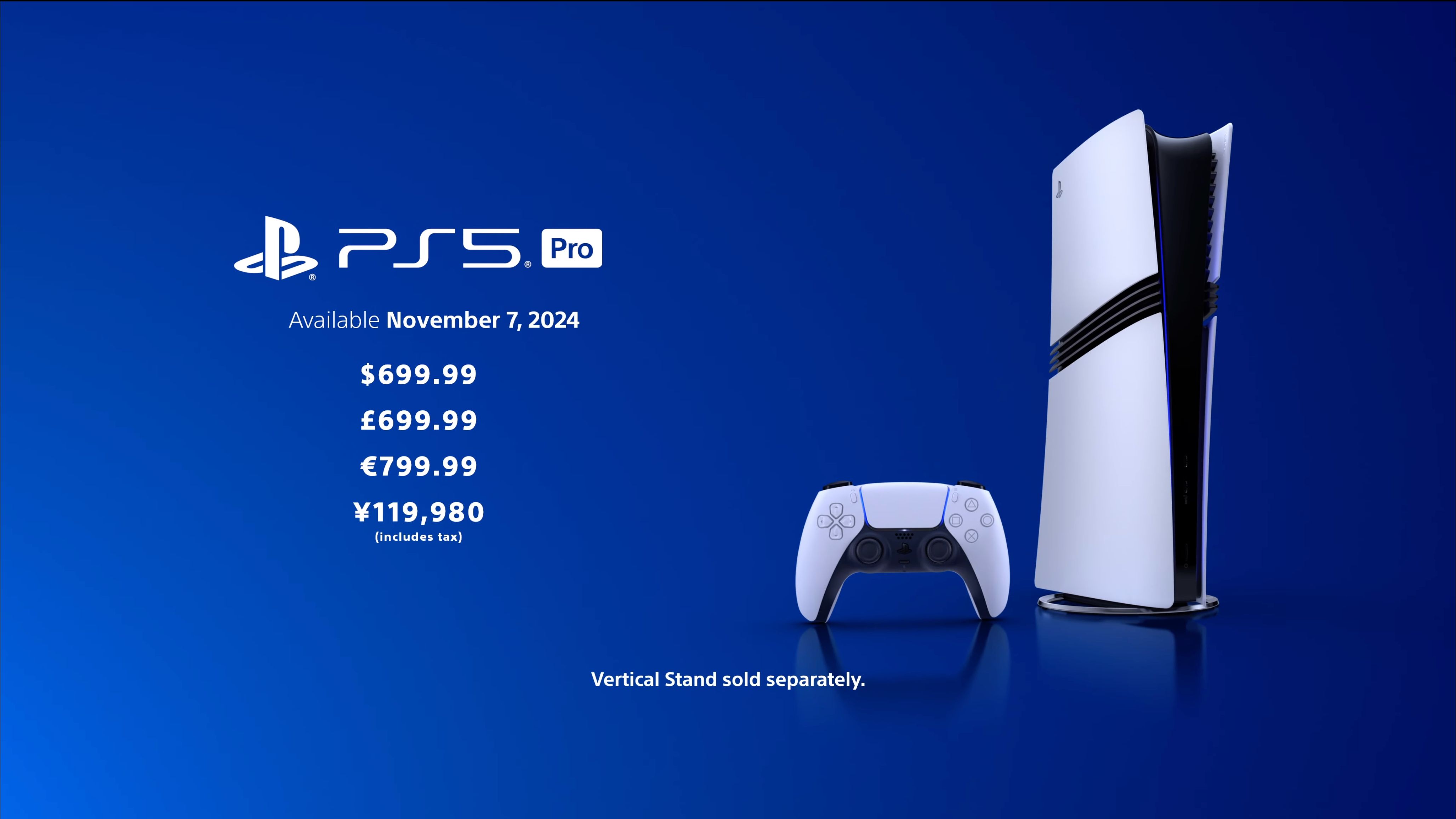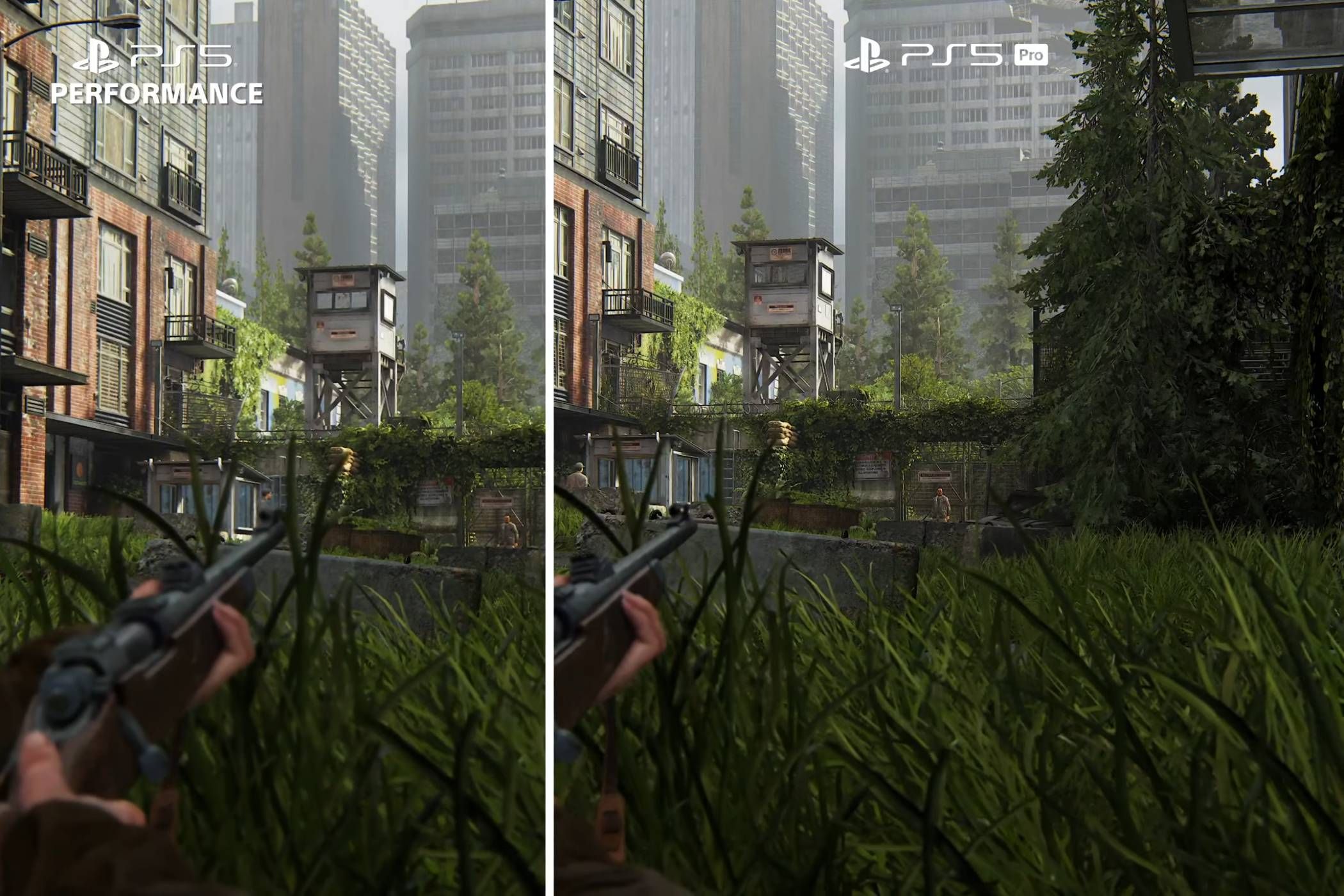Key Takeaways
- The PS5 Pro offers significant improvements in AI upscaling, but falls short of providing a groundbreaking leap in performance despite the steep price tag.
- Going forward, gaming advancement looks likely to focus on refining existing technologies rather than revolutionary shifts.
- We’ve reached a stage where gamers may need to shift their expectations for what to expect from new hardware, but that isn’t necessarily a bad thing.
The PS5 Pro is Sony’s mid-generation upgrade to the PS5, but it has caused a lot of skepticism and confusion among fans. While Sony touts the Pro as a significant leap in graphical fidelity, the console falls short of a generational leap. Have we reached the point where hardware advancements are no longer the defining factor in pushing gaming boundaries?
PS5 Pro Is a Small Upgrade With A Big Price Tag
The PS5 Pro’s goal is to push the boundaries of performance and visual fidelity further, and a large part of this is its focus on hardware-accelerated upscaling. Sony wants smoother gameplay that looks great, even if the end result may be less significant than players were expecting.
This incremental step feels more like a refinement of what the PS5 has already achieved, rather than a groundbreaking advancement. That’s fine, but it’s not reflected in the price which sets a far higher expectation.
Sony slowed down gameplay to show players frame rate improvements, zoomed in on background images to show graphical improvements, and even made side-by-side comparisons of how the PS5 Pro can look great and keep the FPS high. However, because it’s taken so long to hear news of an upgrade from the original PS5, many gamers expected more. This came as a disappointment with a price tag of $700.
At that cost, players should expect a significant upgrade aking to those seen between generations, but that kind of thing seems unlikely to happen again. This mid-generation refresh isn’t even the first to head in this direction. Even the PS5 launch was tempered by the fact that the future isn’t made up of leaps forward but smaller significant ones.
The Goalposts Have Moved
The goalposts of gaming advancement have shifted. Games like Spider-Man 2 have already pushed the boundaries, eliminating loading screens and offering a level of immersion that was once unimaginable. Fast traveling from one end of the map to another with a two-second buffer (that is only there for players) is something the industry has long aimed for.
The catch is that we can’t expect such massive leaps forward in the future, but rather a focus on refining what’s there now.
While the PS5 Pro’s modest improvements might seem underwhelming to some, it speaks to this new reality. It’s hard to look at the jump from PS4 to PS5 and draw meaningful comparisons to the leaps we experienced in the past.
But if you can travel a beautiful map in no time at all just to swing through a dense cityscape at breakneck speeds with no appreciable changes in resolution or detail, how much further can we really go? What more can a developer do, besides refine the smaller details?
The days of being blown away by the sheer power of the latest console may be behind us. Instead of needing to chase photorealistic perfection or faster loading, developers can focus on the finer details that improve gameplay. These include smoother frame rates, improved lighting, and advanced rendering techniques like ray tracing.
These goals will revolve around better lighting, reflections, and shadows or making 60 fps the new normal. This is asking a hefty price for what may not be considered “enough” to justify an upgrade to the average consumer.
Early Adopters Matter More
Before the PS4, console releases were highly anticipated, selling lots of units on release and tapering off over time. This was evidence of how early adopters were the initial driving force behind sales, followed by a broader market adoption later. But the PS4 saw a significant jump in sales during its third and fourth years, which represents a shift in the market.
Gamers are starting to act more like “regular” tech consumers, who need to warm up to new products rather than jumping in foot first on release. Console manufacturers now need to earn their purchase instead of just expecting it. IGN made a poll where the vast majority of respondents thought the PS5 Pro wasn’t worth the price (though it’s fair to not put too much stock in this sort of exercise).
It seems that early adopters, generally more willing to pay a premium for the latest technology, will act as the vanguard for new consoles soon.
While we can definitely say that the PS5 Pro offers symbolic advancements in AI upscaling, it may not be enough for Sony to sell to consumers who are still happy with the PS4 or PS5 because they can still play newer games. The PS4 Pro felt like it was worth the upgrade at a time when 4K TVs left a hole in the market.
It also helped that Sony’s last mid-gen refresh didn’t break the bank. But the PS5 Pro warrants the question of who it is for and whether you should upgrade.
Is This “New Normal” a Bad Thing?
The constant pursuit of ever-improving graphics and high-speed processing in gaming has led us to a point where the leaps we used to see with each generation have become much smaller. While the PS5 Pro significantly improves certain aspects of Sony’s existing console, it doesn’t signal a revolutionary shift in the gaming landscape that we’re used to.
Instead, it points towards a future where developers will focus on refining and optimizing existing technologies rather than pushing for entirely new levels of visual fidelity. The PS5 Pro’s focus on hardware-accelerated upscaling, ray tracing, and higher frame rates might just be the new normal.
We’re seeing developers fine-tune aspects like lighting, shadows, and reflections to create more immersive experiences, rather than simply trying to make everything look more “real.” The result is a focus on subtle improvements that build on the overall gameplay experience rather than one obvious aspect blowing players away.
This doesn’t mean that future games won’t be visually stunning; they’re all stunning, which is something to be celebrated. Rather, we’ll see a focus on creating more believable and immersive worlds that are more fun to explore and interact with.
Ultimately, the PS5 Pro represents a step towards a future where gameplay and immersion take precedence over brute-force graphics, which is arguably a good thing for gamers.








